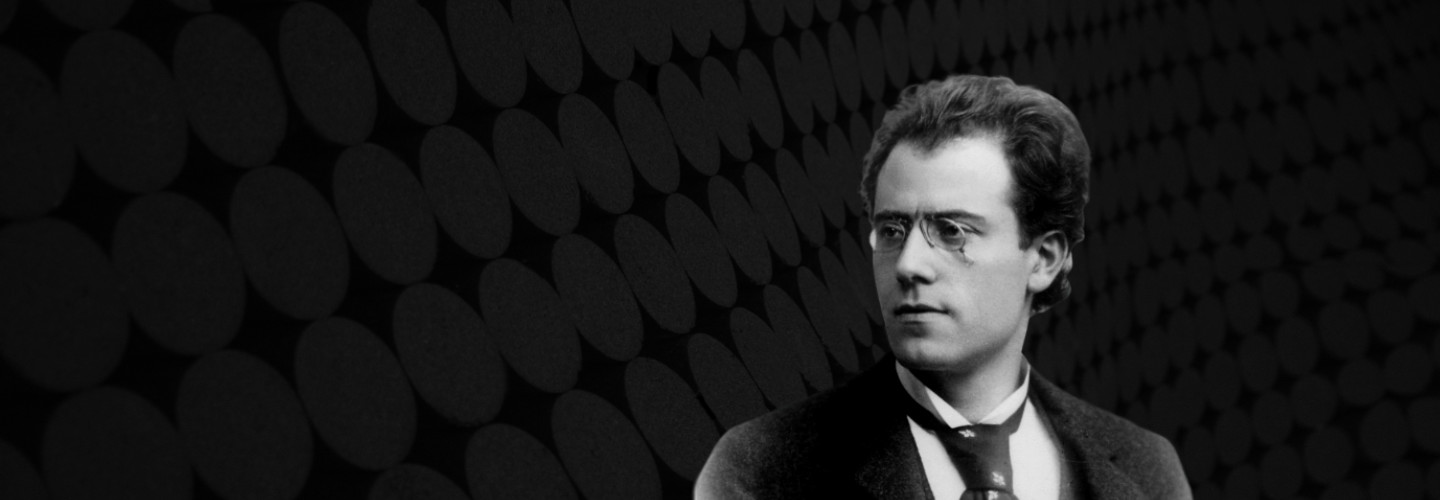

Gustav Mahler
7. Symphonie
Short instrumentation: 1 1 2 1 - 2 1 0 0 - perc(2), hp, harm, pno, vln, vln, vla, vc, cb
Duration: 80'
Bearbeitung: Klaus Simon
Instrumentation details:
flute (+picc)
oboe (+c.a)
1st clarinet in A (and B) (+cl(Eb))
2nd clarinet in A (and B) (+bass cl(Bb))
bassoon
1st horn in F
2nd horn in F (+wagner tuba in B)
trumpet in C
1st percussion
2nd percussion
harp
harmonium (or akkordion)
piano
1st violin
2nd violin
viola
violoncello
double bass
Mahler - 7. Symphonie for chamber ensemble (chamber orchestra)
Printed/Digital
Translation, reprints and more

Gustav Mahler
7. SymphonieOrchestration: für Kammerensemble (Kammerorchester)
Type: Dirigierpartitur
Work introduction
‘At the beginning of 2018, the Alma Mahler Chamber Orchestra (AMK) commissioned me to set up Mahler's 7th Symphony for chamber orchestra or ensemble for them. The AMK is an ensemble working on a project-by-project basis with very young and high-class musicians from all over Europe, who meet again and again with a firm core to work phases. The level is breathtaking and for such young enthusiastic musicians it was a great pleasure for me to carry out this assignment. Since I had just arranged the 5th and 6th before, this order came at the right time. So I was able to complete the triad of his so-called middle symphonies. In doing so, I essentially retained the maxims of my arrangement practice: the continuation of the arranging tradition of Schönberg's Verein für Musikalische Privataufführungen, which I began my career as an arranger in 2007, when I began arranging "my" Mahler's 4th Symphony. The fact that my arrangements are warmly accepted and played all over the world gave me the motivation to refine myself further and further. A special feature of this arrangement is that I have written the occasional use of a Wagner tuba in Bb for the 2nd horn player as a changing option. Thus the sound of the original tenor horn can be reproduced well in the 1st movement. (But since not every horn player has the training or the possibility to play Wagner tuba, it is also possible to play the part only on the 2nd horn. There is a separate Ossia part for this.) In the 4th movement, Nachtmusik II, Mahler demanded guitar and mandolin for the first time. After careful consideration, I tried to sublimate the guitar in favour of pizzicato passages by solo strings. With the mandolin, which often plays real solos, this was not possible. I then experimented a little on the piano and thought about how this could be ‘replaced’ as a special timbre without any loss of substance. After several attempts, I decided on a kind of ‘prepared piano’, in which the player can present the desired mandolin effect quite convincingly with weighted aluminium or sandwich paper on the sides.
I am very confident that after the Symphonies 1, 4, 5, 6 and 9, and the Wunderhorn-Lieder already in circulation, this year's 7th Symphony by Mahler will hopefully find its way into the world in a ‘burning glass’ version (read in a review). Most of Mahler's symphonies can thus also be performed by smaller ensembles or chamber orchestras and enable a new and slimmer, even clearer, listening experience. And this was also Schönberg's ultimate aim in his Association for Private Musical Performances.’
